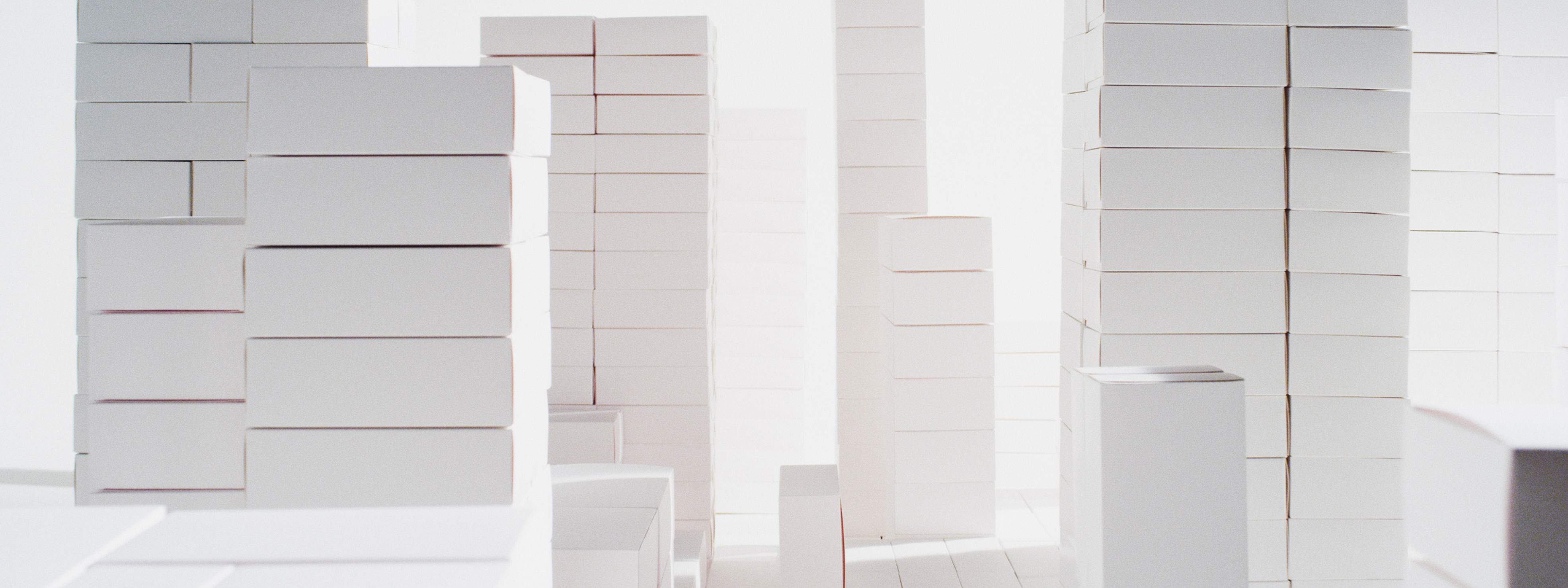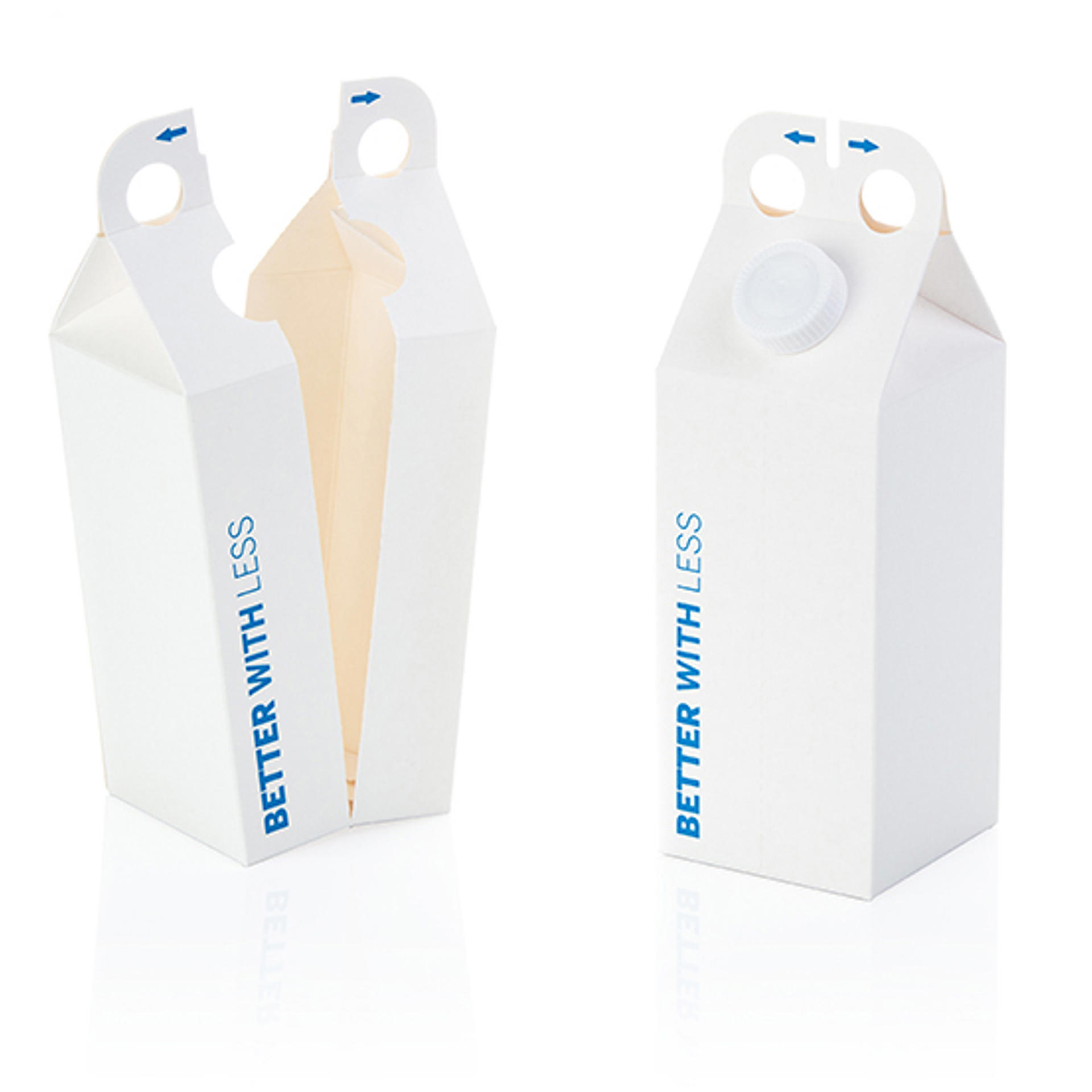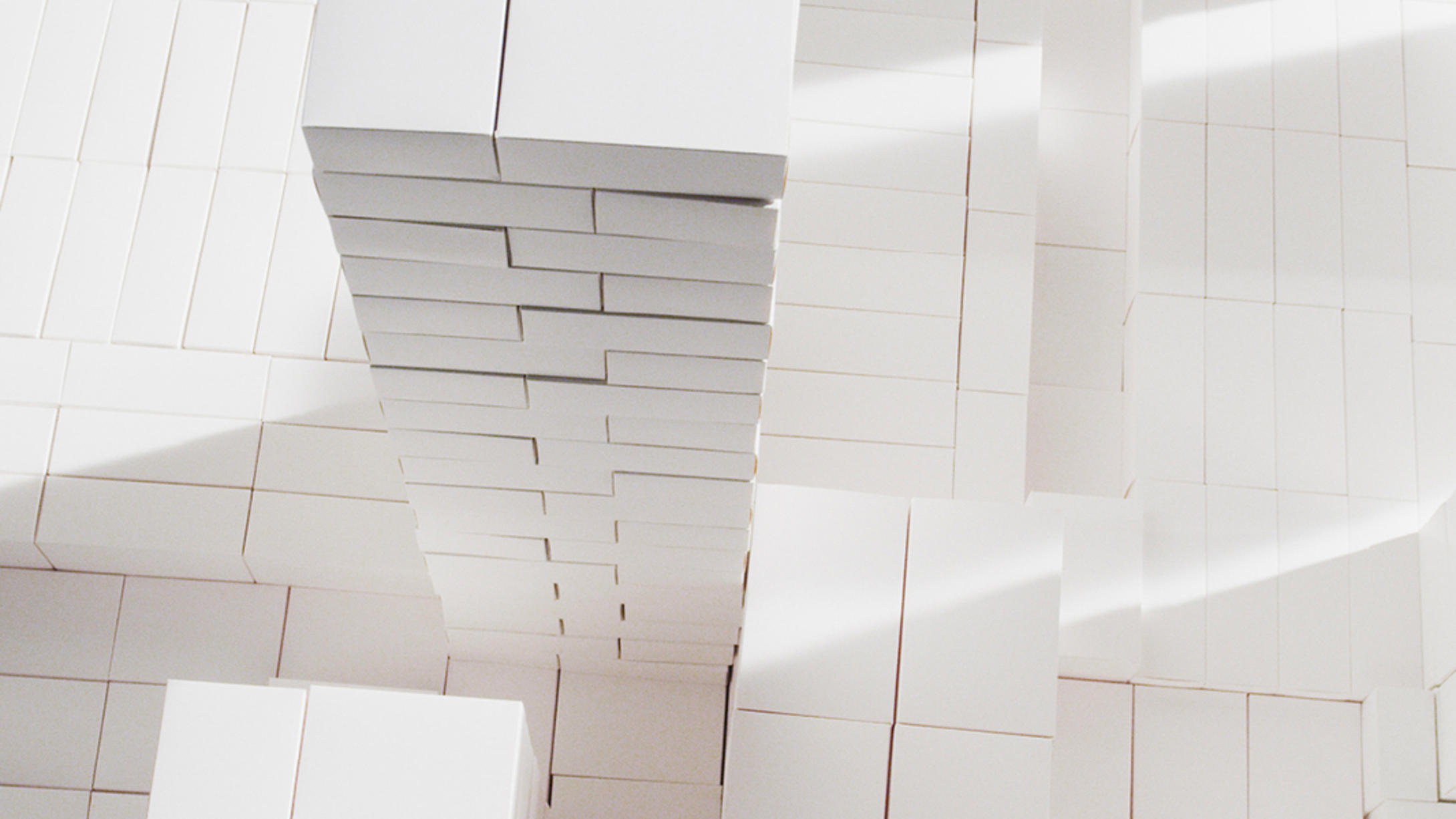Natural, pure and safe wood is a raw material of the future that can replace old fossil-based materials and guide our consumption habits in a more sustainable direction.
The population of the world is currently 7.81 billion people, and is estimated to increase to ten billion by 2050.
Population growth will continue to present challenges in food production, the packaging industry and waste management, because consumption keeps increasing, although we should produce and consume less and more sustainably.
Return to the era of wood
Millions of products are used and packaged daily around the globe. In Europe, the average annual consumption of packaging materials is 173 kilos per capita. Today’s environmentally conscious consumers are aware of the importance of where a product comes from and how it has been produced and packaged.
“Consumers’ purchasing decisions are increasingly affected by sustainability, safety and environmental friendliness. Younger generations in particular are interested in the ecological footprints of products and packaging,” says Anne Uusitalo, Product Safety and Sustainability Director at Metsä Board.
Consumers’ environmental awareness has increased demand for wood-fibre-based products and packaging, as people have realised that renewable and recyclable wood is a raw material of the future that can replace old fossil-based materials and guide our consumption habits in a more sustainable direction.











